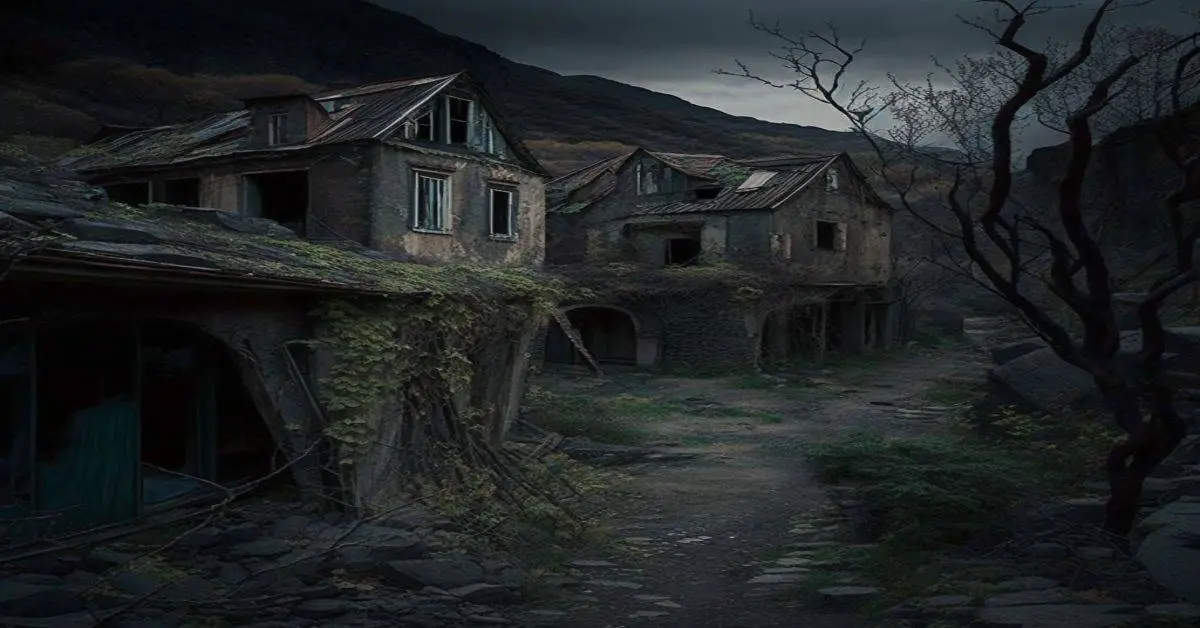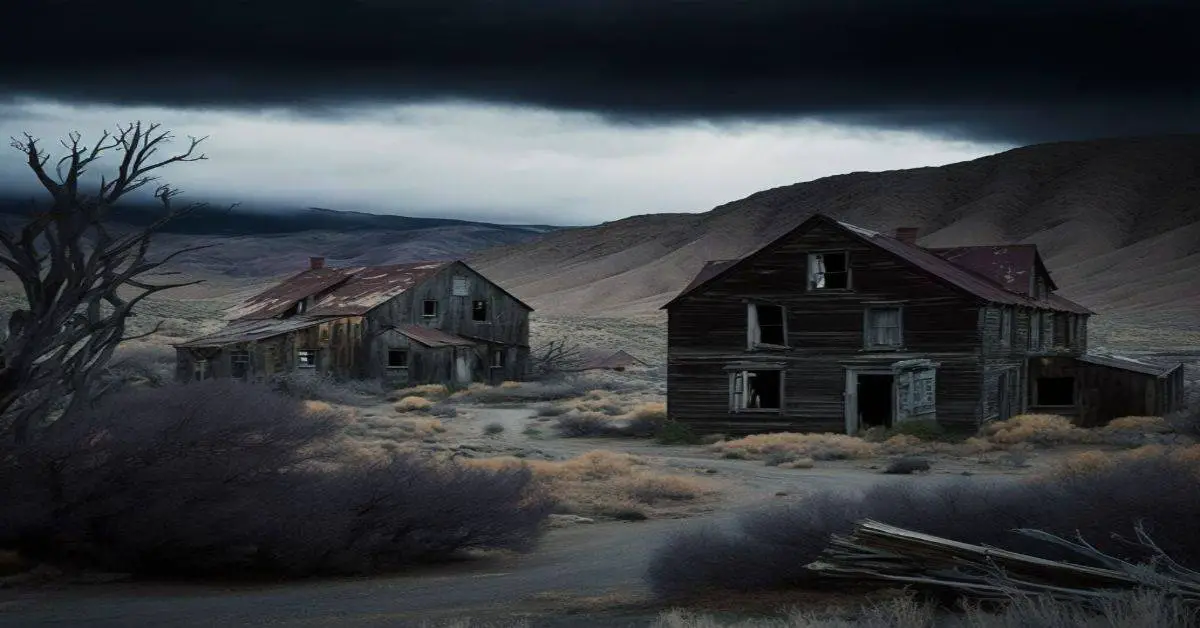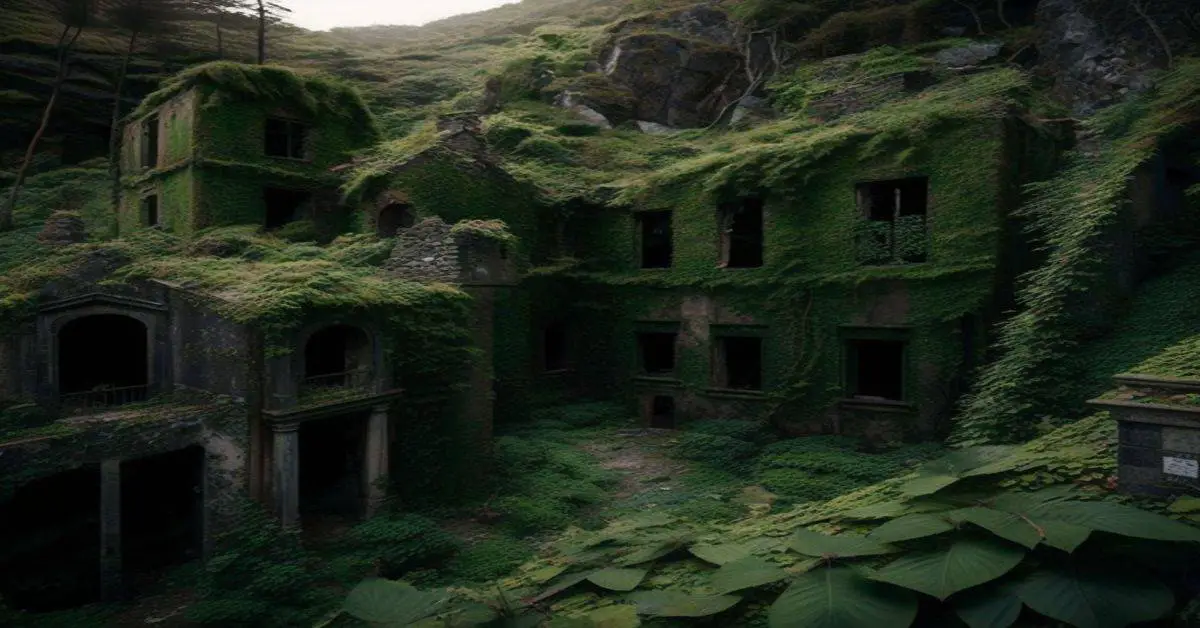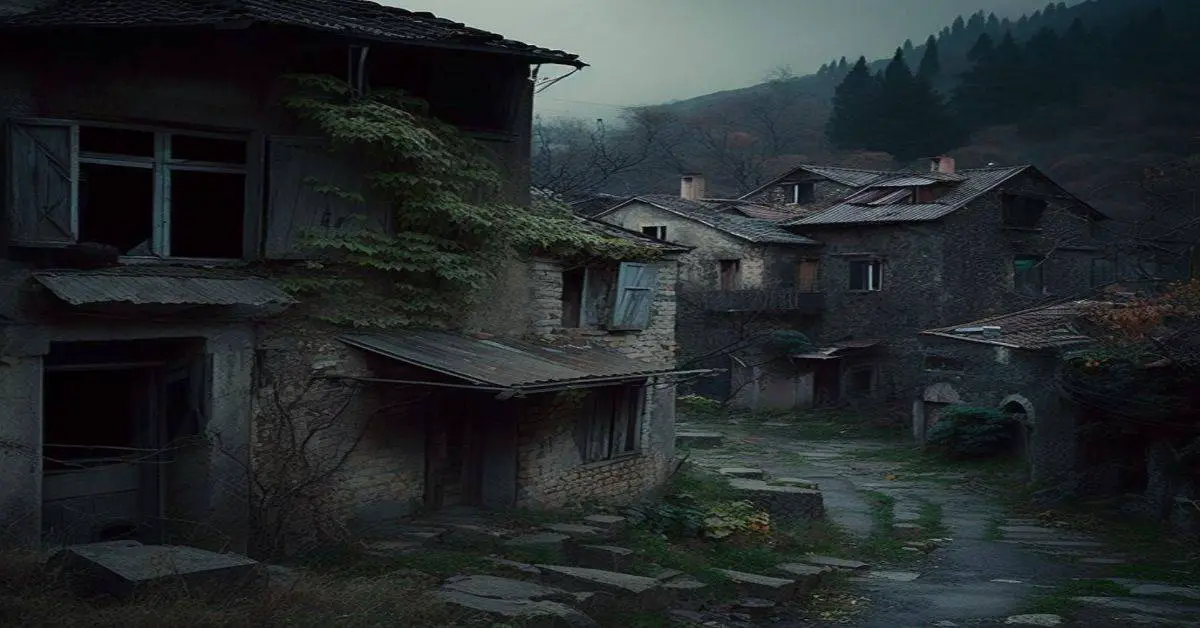Candelaria and Metallic City, located in Mineral County, Nevada, is a ghost town that bears witness to the state’s silver mining boom of the late 19th century. The town was established in 1879 by foreign-born prospectors who came to the area after Mexican prospectors discovered silver ore in 1864.
Candelaria and Metallic City’s Northern Belle mine produced $15 million in silver, and by 1882, the town had a good water supply, making it a prosperous mining community. However, the financial panic of 1893 caused many mines to close down, and by World War II, the town was truly abandoned, leaving behind only the remains and artifacts of its past.
Despite its abandonment, Candelaria and Metallic City’s remaining buildings and ruins glimpse the past of Nevada’s silver boom ghost town. Visitors are not typically welcome, and signs are posted prohibiting stopping or parking.
However, those who venture to the site can witness the remnants of the once-thriving community, including the old mine shafts, abandoned buildings, and rusted machinery.
In this article, we will explore the history of Candelaria and Metallic City, the remains and artifacts that still exist today, and the town’s current status as a ghost town.
Key Takeaways
- Candelaria and Metallic City is a ghost town in Mineral County, Nevada established in 1879 by foreign-born prospectors.
- The town experienced a silver boom, with the Northern Belle mine producing $15 million in silver, but the financial panic of 1893 caused many mines to close down and by World War II, the town was abandoned.
- The remaining buildings and ruins provide a glimpse into the past of Nevada’s silver boom ghost town, including the Northern Belle Mine, two hotels, stores, offices for lawyers, countless saloons, and various mining equipment scattered throughout the area.
- Visitors are not typically welcome, and the area lacks basic amenities like water and electricity. Still, the remaining citizens are determined to preserve their community’s history and honor the legacy of those who built it.
History
The history of Candelaria and Metallic City begins with the discovery of silver ore by Mexican prospectors in 1864. The subsequent boomtown was built by foreign-born prospectors in 1879 and the area began to prosper.
The Northern Belle mine played a significant role in this prosperity, producing $15 million in silver. However, the financial panic of 1893 caused many mines to close down, leading to the area’s decline.
Despite the decline, Candelaria and Metallic City continued to exist until World War II, after which it truly became a ghost town. The once-thriving community had two hotels, stores, offices for lawyers, three doctors, and countless saloons.
Today, only a few buildings and ruins remain as a reminder of the area’s rich history.
Remains and Artifacts
Despite the town’s decline and abandonment, what remains of the structures and artifacts in this former mining community provide valuable insight into the daily lives and struggles of the people who once inhabited this remote area.
The few buildings and ruins still standing offer a glimpse into the architecture and building techniques used during the late 19th century. The structures include the remains of the Northern Belle Mine, which produced an impressive $15 million in silver. Visitors can also see the remains of the two hotels, stores, offices for lawyers, and countless saloons that once thrived in the town’s heyday.
In addition to abandoned structures, visitors can find various mining equipment scattered throughout the area. The old stamp mill, which operated without water and caused miners to die of consumption, still stands as a reminder of the harsh working conditions in the mining industry.
Other mining equipment, including rusted machinery and tools, can be seen around the area, giving visitors a sense of the laborious work required to extract silver from the mines.
These remains and artifacts testify to the town’s once-thriving mining industry and the people who made their living from it.
Current Status
Visitors may encounter challenges when attempting to explore this former mining community’s remaining structures and artifacts, as signs are posted prohibiting stopping or parking. The current status of Candelaria and Metallic City does not welcome visitors with open arms.
The remaining citizens, who face difficult conditions in a dry, wind-swept, lonely place, have put up these restrictions to protect the remains of their once-flourishing community. The challenges remaining citizens face include the lack of basic amenities like water and electricity.
The area is far from any major city, and the nearest town is a two-hour drive away. The harsh desert climate and lack of infrastructure make attracting new residents or businesses difficult. Despite these challenges, the remaining citizens of Candelaria and Metallic City are determined to preserve their community’s history and honor the legacy of those who built it.
Frequently Asked Questions
What was the population of Candelaria and Metallic City at its peak?
Like a shooting star, the population of Candelaria and Metallic City rose rapidly due to the discovery of silver in 1864. Mining techniques improved, leading to population growth, but financial panic in 1893 caused many mines to close, resulting in a decline. The peak population is unknown.
How did the financial panic of 1893 affect the town’s economy?
The Financial Panic of 1893 devastated the economy of Candelaria and Metallic City, causing many mines to close down. Despite this, the mining community demonstrated resilience and the area continued to prosper until World War II.
What was the cause of the stamp mill operating without water, and how did it impact the miners?
The stamp mill in Candelaria operated without water, causing miners to develop consumption and die. This water shortage impact was due to the mining techniques that required large amounts of water to extract the silver ore.
Are there any legends or ghost stories associated with Candelaria and Metallic City?
No known legends, lore, or reports of supernatural sightings associated with Candelaria and Metallic City exist. The town’s history is mostly characterized by its boom and subsequent decline, leaving only a few ruins as evidence of its past glory.
What efforts, if any, have been made to preserve the remaining buildings and artifacts in the town?
Despite its historical significance, there appears to be little effort toward preserving or restoring remaining buildings and artifacts in Candelaria and Metallic City. Funding may be a limiting factor in such endeavors.




